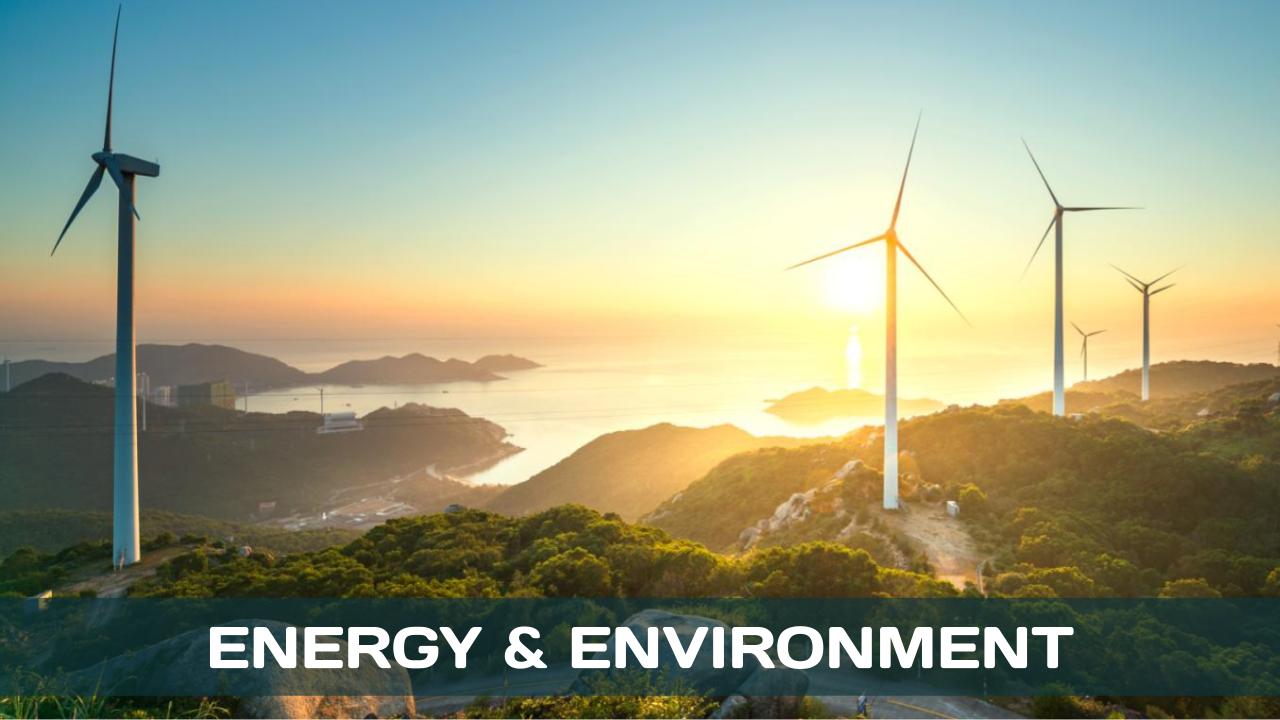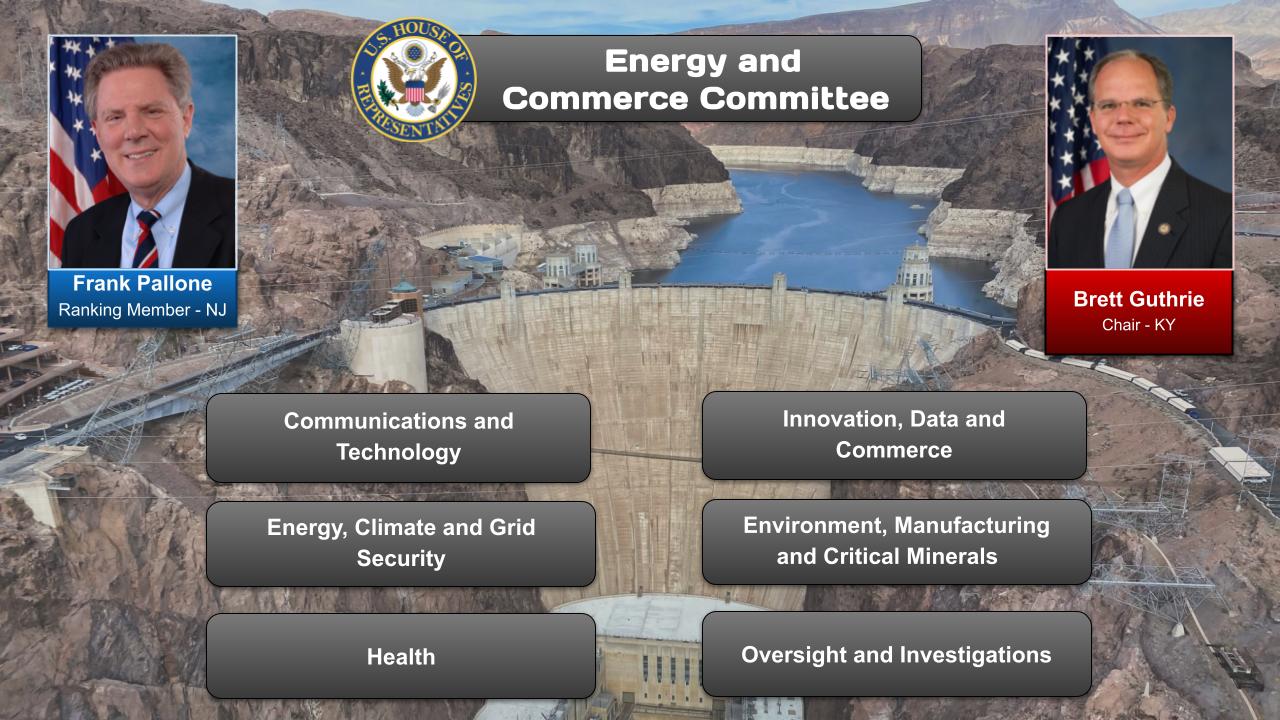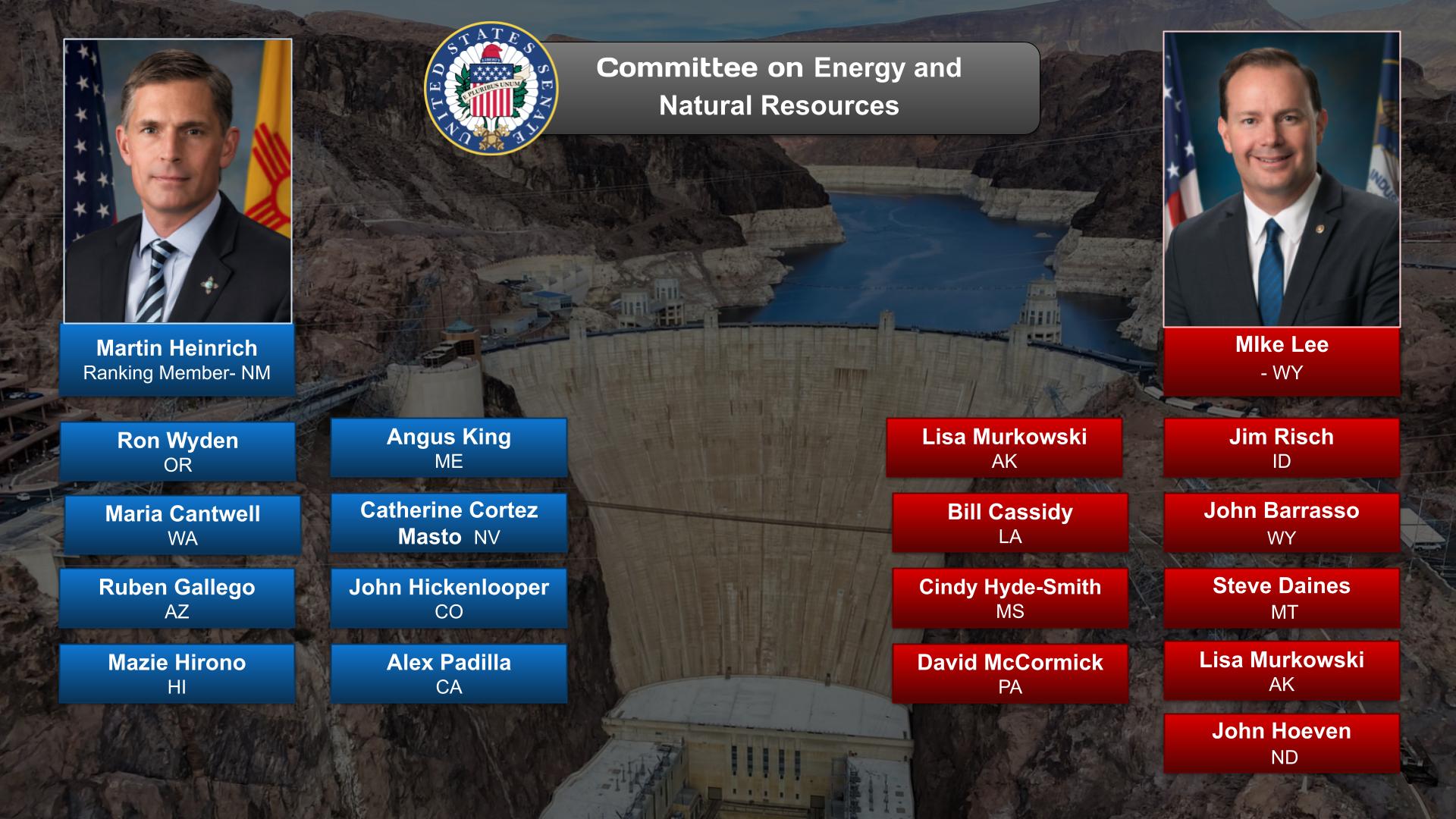The production, delivery, and use of energy sources can have effects on the environment. The type and size of the effects vary.
- There are many issues related to Energy & Environment that Congress is looking to address with legislation. In the ‘About’ section of this post is an overview of the issues and potential solutions, party positions, and web links. Other sections have information on relevant committees, chairs, & caucuses; departments & agencies; and the judiciary, nonpartisan & partisan organizations, and a wikipedia entry.
- The Energy & Environment category has related posts and three posts on issues of particular focus: Climate Change, Carbon-based Fuel, and Pollution.
To participate in ongoing forums, ask the post’s curators questions, and make suggestions, scroll to the ‘Discuss’ section at the bottom of each post or select the “comment” icon.
TEDx Talks – 09/05/2022 (17:51)
https://www.youtube.com/watch?v=hnT-PYHaSxA
The world faces two important and interrelated challenges. Affordable and reliable energy for all, and protecting the environment. The energy-environment challenge is not simple, but it is solvable if we understand and address the complex fabric of energy security, scale of energy demand, physics of energy density, distribution of energy resources, interconnectedness of the land, air, water and atmosphere, and the extreme disparity in global wealth and economic health.
The truth is that there are no good and bad, clean and dirty, renewable and nonrenewable energy sources. They all have benefits, and they all have challenges. Climate change is an important issue, but it is not the only environmental issue. Solar and wind are important low carbon solutions, but they are only part of the solution. We must put our best minds to the task of addressing the dual challenge, working together to better the world. Dr. Scott Tinker is a global explorer who works to bring industry, government, academia, and NGOs together to address major societal challenges in energy, the environment, and the economy. Dr. Tinker is Director of the 250-person Bureau of Economic Geology, the State Geologist of Texas, and a professor holding the Allday Endowed Chair in the Jackson School of Geosciences at The University of Texas at Austin. Scott formed and is Chairman of the nonprofit Switch Energy Alliance (SEA), and together with Director Harry Lynch, co-produced and is featured in the award-winning energy documentary films Switch and Switch On, which have been screened in over 50 countries to more than 15 million viewers and are used on thousands of educational campuses worldwide. SEA produced Switch Classroom, used in AP Environmental Science classes nationwide. Scott is the creator and voice of Earth Date, a weekly program featured on over 425 public radio stations in all 50 United States. In his visits to some 60 countries, Scott has given nearly 1000 keynote and invited lectures. This talk was given at a TEDx event using the TED conference format but independently organized by a local community.
Learn more at https://www.ted.com/tedx
OnAir Post: Energy & Environment
















